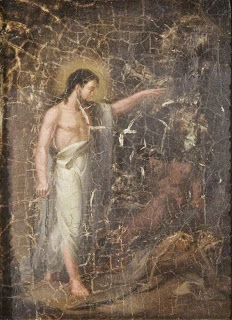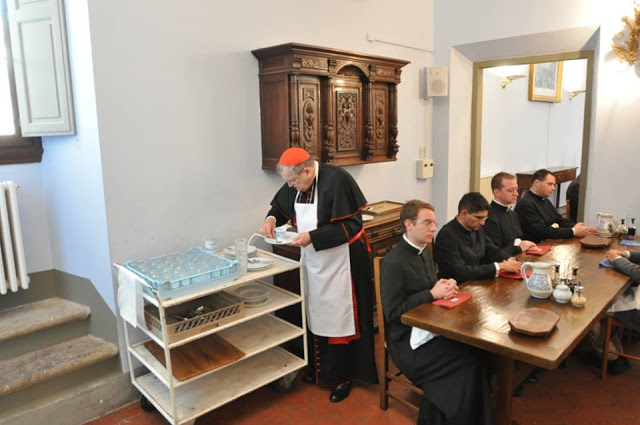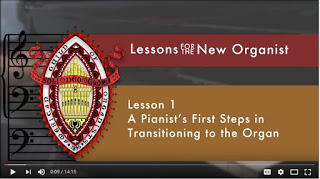The light of dawn is reddening,The heavens’ morning praises spring,The earth exults: “The morning! Hail!”While hell’s sad dwellers groan and wail.Our King, the victor in the strife,When death was smashed apart by life,Has trampled hell triumphantlyAnd captive led captivity.The Lord, whose barricade of stoneThe soldiers kept sharp eyes uponIn vict’ry conquers through that gateAnd rises forth in pomp and state.“The Lord is risen from the dead!”The splendid angel loudly said.And hell is evermore left freeTo grumble in its misery.Be this our thought through all life’s days,Our Easter joy, our Paschal praise:The grace in which we are rebornWas won in triumph on that morn.Jesus, to You let glory rise,Who vanquished death and won the prize;With Father and the Spirit blest,Be endless ages’ praise addressed.
Trans. c. 2013 Kathleen Pluth



